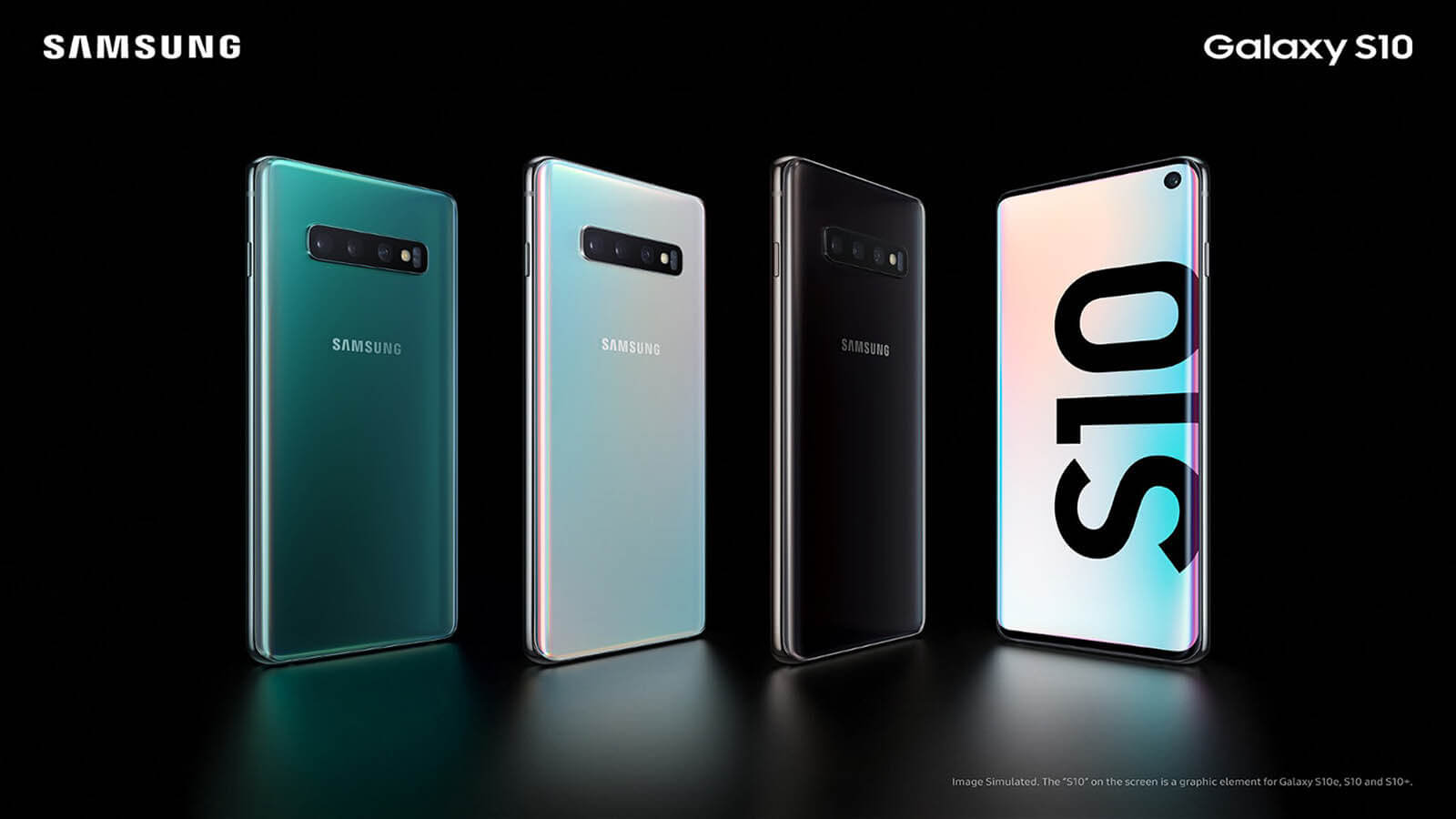Samsung’s Galaxy S series is packed with premium features, but it’s not without its drawbacks. Here’s a breakdown of the most commonly cited disadvantages:
📱 Hardware & Design Limitations
- No microSD card slot on newer models, limiting expandable storage
- No headphone jack since the Galaxy S20 series, which may frustrate wired audio fans
- Plastic backs on some base models like the Galaxy S21, which feel less premium
- Bulkier designs in Ultra models can be unwieldy for one-handed use
⚙️ Software & Performance Concerns
- Slower software updates compared to Google Pixel phones
- Bloatware: Pre-installed apps that can’t be removed easily and may affect performance
- Feature creep in One UI: Samsung’s Android skin is powerful but can feel cluttered
🔋 Battery & Charging
- Battery degradation over time, especially after 2–3 years of use
- No charger included in the box for recent models, adding extra cost
- No ultra-fast charging compared to some competitors
💸 Pricing & Value
- High price tags for flagship models, often exceeding $1,000
- Poor resale value compared to iPhones, which retain value better
- Minimal upgrades year-over-year, especially in base and Plus models
If you’re looking for a more budget-friendly or minimalist experience, Samsung’s Galaxy A series might offer better value for everyday users. Want help comparing specific models or finding alternatives? I’ve got you covered.
Tags:
Hardware

